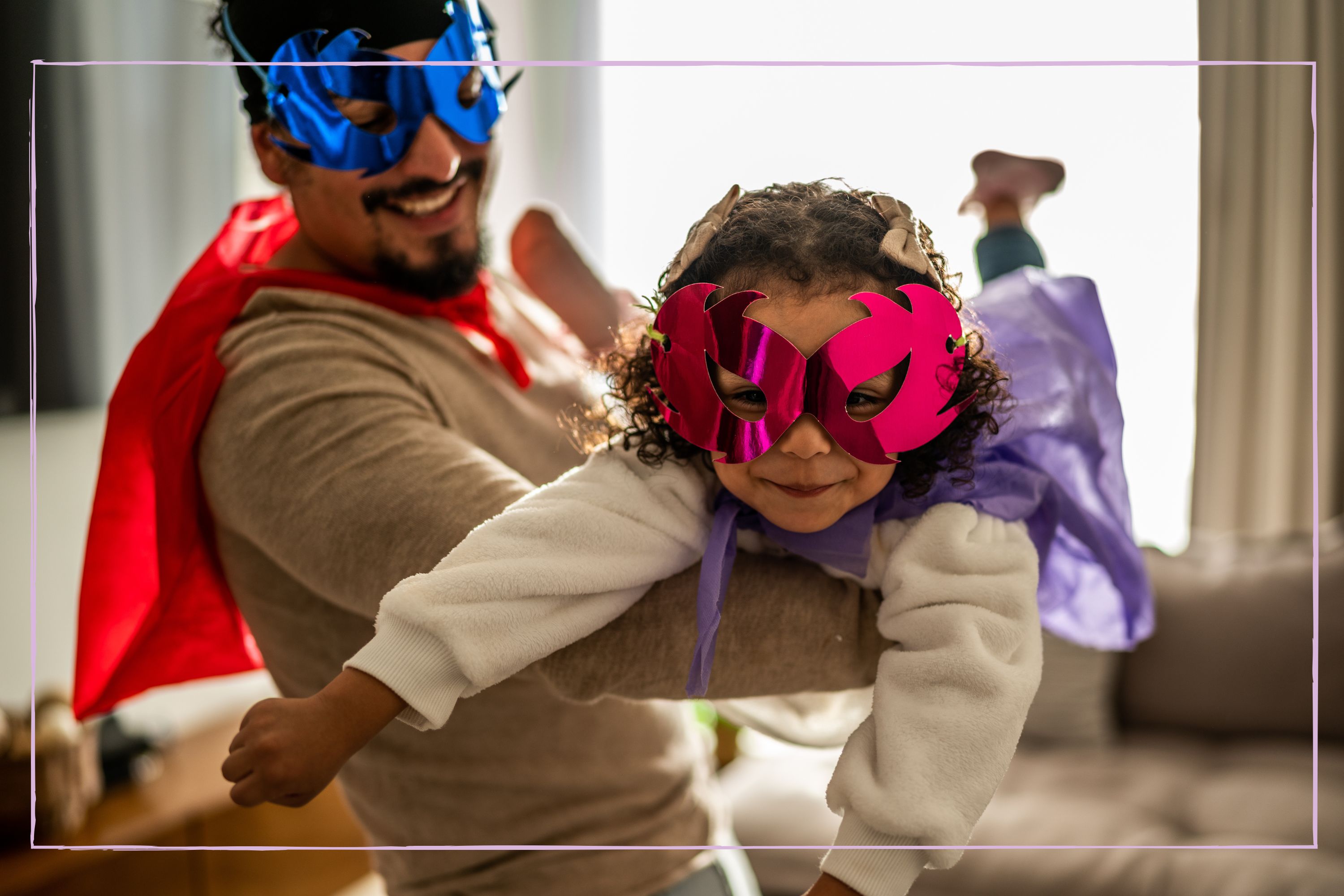
An LGBTQ+ education expert has shared three simple ways parents can stop gender stereotyping their kids at home and research shows that doing so can benefit their behaviour far into the future.
Millennial parents have consistently shown they're desperate not to make the same mistakes with their kids as their own parents made with them. From revealing what they wish their parents had done differently while they were growing up to popularising the parenting style of gentle parenting, it's clear they're determined to raise their kids in more accepting and open households.
But no matter how hard parents try, escaping gender stereotypes can be difficult as they're so ingrained in our heads and in wider society. But it's so important not to push these views onto kids as research like the Good Childhood Report showed that kids who have more gender stereotyped views have lower wellbeing and yet more research, published in the American Journal of Preventive Medicine, found that challenging gender stereotyped behaviour in a boy's early childhood can reduce the likelihood he will go on to perpetrate violence against women and girls in later life.
Now, Mel Lane, who works with Pop’n’Olly, the UK’s leading provider of LGBTQ+ education resources, has shared three simple ways parents can avoid pushing gender stereotypes onto their kids. “Gender stereotyping is embedded by age of 7 so the biggest impact we have is under 7," she told the Huffington Post. "And an awful lot of that time is at home.”
1. Avoid gender-specific language. "Everyone has in their head which words are applicable to boys and which are to girls. We have that message from different places over long periods of time," Lane explains. “The key thing when we use language is if we think from our own perspective, would I use different language if my child was a different gender? If we use gender specific language then we are saying if you’re this gender. these things apply to you.
“So it’s questioning yourself, would I use something different if I was talking to a different gender? What am I reinforcing? Don’t limit conversations about how you look to girls, the first thing people will usually comment on with girls is ‘pretty dress’ or ’you look nice.’ So they end up thinking 'I get attention and praise for how I look.'"
2. Expose children to more inclusive representations of gender. Mel says, "We all see, including children, loads of images throughout the day from all different sources on how we interpret the world - we need to think about this as parents to broaden books, toys and TV. Are we thinking about examples of children and adults of all genders playing with different toys, wearing different clothes, engaging in different activities?
“Do boys see representaiton of dancing? There’s a perception that boys shouldn’t dance. We also don’t see a lot of girls for example doing science. So it works both ways," she adds.
"What children see at home is important too, in two parent households does one parent do cooking, cleaning and washing up? Are there opportunities for the other person who doesn’t do it, to do that sometimes? When you play with kids it’s about thinking are people playing with a wide variety of toys?”
3. Have open and honest conversations with you child, seeing what they think of gender stereotypes. "In terms of conversations I’ve had with kids I’ve asked do you think it’s ok for anyone to play with these toys? Would it be ok for a boy to play with this toy that’s traditionally for girls? At that age of 5/6 years, asking them which toys are for girls which are for boys," Mel shares.
“First they will say anyone can play with any toys, then they’ll be able to separate toys for boys and girls. When talking they say it’s ok for a boy to play with a doll and pink house, but these things are brought out in conversations and helping them to think is it ok."
As well as speaking about practical things like gender stereotyped toys and clothes, Mel also believes parents must speak with their kids about gender stereotyped emotions. “Emotions are a key one," she says. "Talking and making sure children know showing emotions is ok [is important], there is a pressure on boys to hide their sadness and not to cry. I encourage parents to talk to their kids about this and help them understand that asking for help and expressing sadness is a good thing.
"We need to talk and address these issues as our children have absorbed these idea.”
Keep up to date with more family news like parenting coach reveals her 3-step formula for setting boundaries and break the cycle of anger and guilt and 5 tips to help kids stand up for themselves, as well as the surprising way having siblings can affect a teen's mental health.







